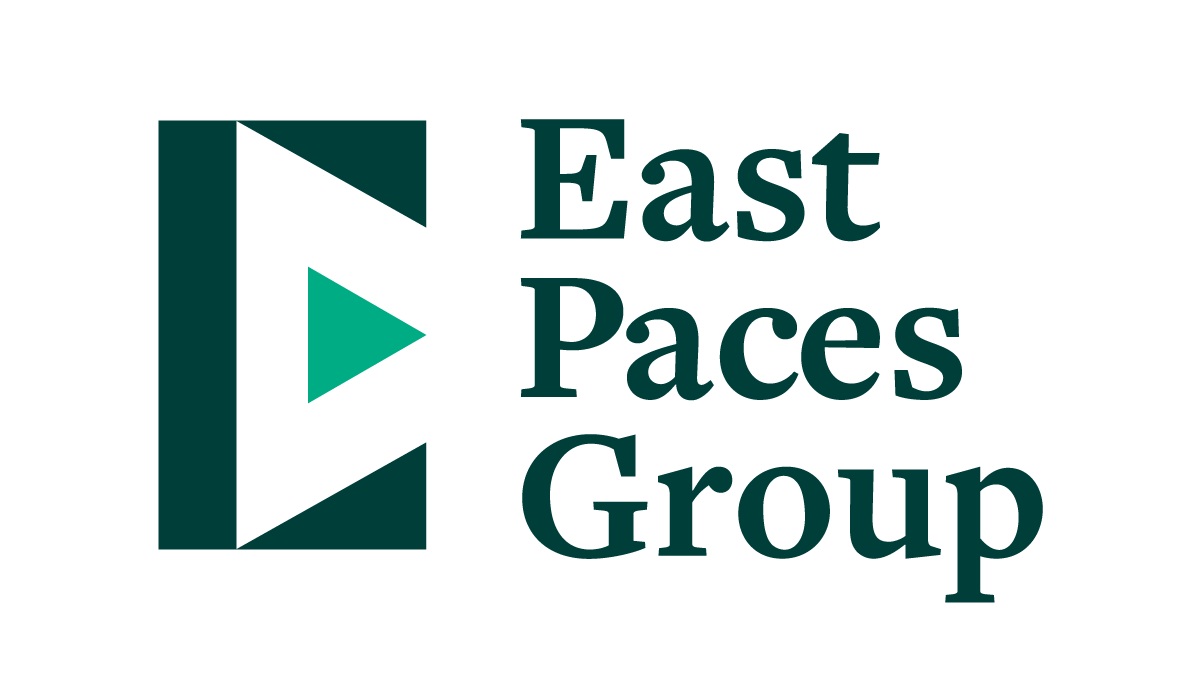Plan ahead for 2021 tax changes and retirement contributions
Alex Reffett, December 11, 2020
In a year that has been dominated by headlines about surging COVID-19 cases, ongoing market volatility and the presidential race, you may have missed the IRS’s announcement about 2021 tax changes and retirement contributions.
This past year was a very expensive year for the U.S. Treasury, and there is a high probability that taxes will increase in the future to offset the estimated $3.1 trillion budget deficit for 2020. While there is still uncertainty to many of the details in the upcoming administration’s tax plan, there are steps you should consider taking, depending on your personal situation, to prepare for any tax increases.
For 2021, 401(k), 403(b), 457s, and TSP employees will have their individual contribution limits remain the same. Employees with these plans can contribute $19,500 to their 401(k) plan, and those over age 50 will be able to contribute an additional $6,500. The overall limit for 401(k) plan contributions will increase slightly from $57,000 to $58,000.
Tax rates will remain unchanged for 2021, but tax brackets were adjusted for inflation. The largest adjustment is the top tax bracket of 37%, which will now include income over $523,600 (previously $518,400). The standard deduction will increase $150 for individuals and $300 for married couples filing jointly.
IRAs (SIMPLE, Traditional, and Roth) will also have the same contribution limits, which are $6,000 for 2021, with a catch-up contribution for anyone over the age of 50. The phase-out limits for contributions have increased for both Traditional and Roth IRAs. The phase-out range for Roth IRAs for a married couple has increased from $198,000 to $208,000, up from $196,000 to $206,000. The phase-out range for Traditional IRA contributors that are not covered under a workplace retirement plan is the same.
Should you consider a Roth conversion? Roth IRA conversions are always a hot topic near the end of the year. It can be difficult to assess whether it makes sense to convert your Traditional IRA to a Roth IRA. You’ll need to determine whether paying the extra taxes this year is worth the tax-free growth on those contributed assets moving forward. Any money converted into a Roth IRA will be taxable income and therefore added to your taxable income for the year, and could potentially push you into a higher tax bracket. If, however, you have an unusually low taxable income this year and believe that taxes will increase in the upcoming years, you may want to consider whether a Roth conversion makes sense for you.
Qualified charitable distributions (QCDs) are a direct transfer of IRA funds to a qualifying charity. Currently, the IRS allows individuals to contribute up to $100,000 with a QCD; the distribution will be excluded from taxable income and discounted toward your required minimum distribution (RMD).
The PPP loans issued to many small businesses early this year lacked clarity surrounding these funds’ taxability. In May, the IRS indicated that small businesses that have their PPP loans forgiven cannot deduct expenses that result in the forgiveness of the loan. The IRS is now specifying that even if a firm hasn't submitted an application for loan forgiveness but expects to receive forgiveness next year, they still can’t deduct such expenses in 2020. Several impactful changes could affect savers and retirees in 2020 if the Securing a Strong Retirement Act of 2020 is passed. While it hasn’t yet passed, at this phase, you should be aware of the following proposals:
• Raise the required minimum distribution age (RMD) from 72 to 75
• Increase the QCD amount from $100,000 to $130,000
• Increase the catch-up contribution to IRAs from $6,500 to $10,000
• Exempting retirement accounts below $100,000 from RMDs
It is crucial to think about how tax rates may change over the next few years. It is possible that taxes may increase, especially for high earning families. That is why it’s important to stay on top of legislation and make the most of your financial planning opportunities.

